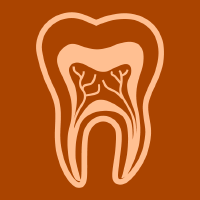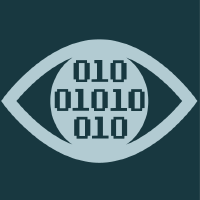Topic Menu
► Topic MenuTopic Editors



Digital Dentistry
Topic Information
Dear Colleagues,
Digital dentistry has increased steadily, and it is already ubiquitous in most academic and professional fields. Almost every segment of dentistry has been revolutionized by digital technology in recent years. Digital dentistry offers significant benefits in terms of quality, improved efficiency, time savings and cost reduction. Shorter treatment times and hence more accuracy of treatment outcomes have arisen from the evolution of digital innovations in dentistry. The integration of digital technology in dentistry has opened incredible possibilities for elegant, minimally invasive solutions, designed and created in a digital world. 3D images are important not only for diagnosis but also for treatment planning. 3D planning opens the way toward a novel, accurate and biology saving dentistry that uses compatible and aesthetic solutions. The aim of this Topic Collection is to compile the most up-to-date innovative channels in dentistry to create a coherent body of evidence, applying current digital patterns for future potential innovative research. This Topic Collection invites contributions from academics, professionals, researchers, and passionate practitioners from the field of digital dentistry. Review articles, original articles and communications, emphasizing the involvement of innovative digitization in dentistry are invited. We cordially invite you to join us and welcome your submission!
Dr. Oana Almasan
Dr. Smaranda Buduru
Dr. Yingchu Lin
Topic Editors
Keywords
- digital dentistry
- CAD/CAM technology
- digital smile design (DSD)
- 3D scanning
- 3D printing
- virtual treatment planning
- teledentistry
Participating Journals
| Journal Name | Impact Factor | CiteScore | Launched Year | First Decision (median) | APC |
|---|---|---|---|---|---|

Dentistry Journal
|
2.6 | 4.0 | 2013 | 27.8 Days | CHF 2000 |

Journal of Imaging
|
3.2 | 4.4 | 2015 | 21.7 Days | CHF 1800 |

Oral
|
- | - | 2021 | 27.7 Days | CHF 1000 |

Journal of Clinical Medicine
|
3.9 | 5.4 | 2012 | 17.9 Days | CHF 2600 |

Life
|
3.2 | 2.7 | 2011 | 17.5 Days | CHF 2600 |

MDPI Topics is cooperating with Preprints.org and has built a direct connection between MDPI journals and Preprints.org. Authors are encouraged to enjoy the benefits by posting a preprint at Preprints.org prior to publication:
- Immediately share your ideas ahead of publication and establish your research priority;
- Protect your idea from being stolen with this time-stamped preprint article;
- Enhance the exposure and impact of your research;
- Receive feedback from your peers in advance;
- Have it indexed in Web of Science (Preprint Citation Index), Google Scholar, Crossref, SHARE, PrePubMed, Scilit and Europe PMC.

